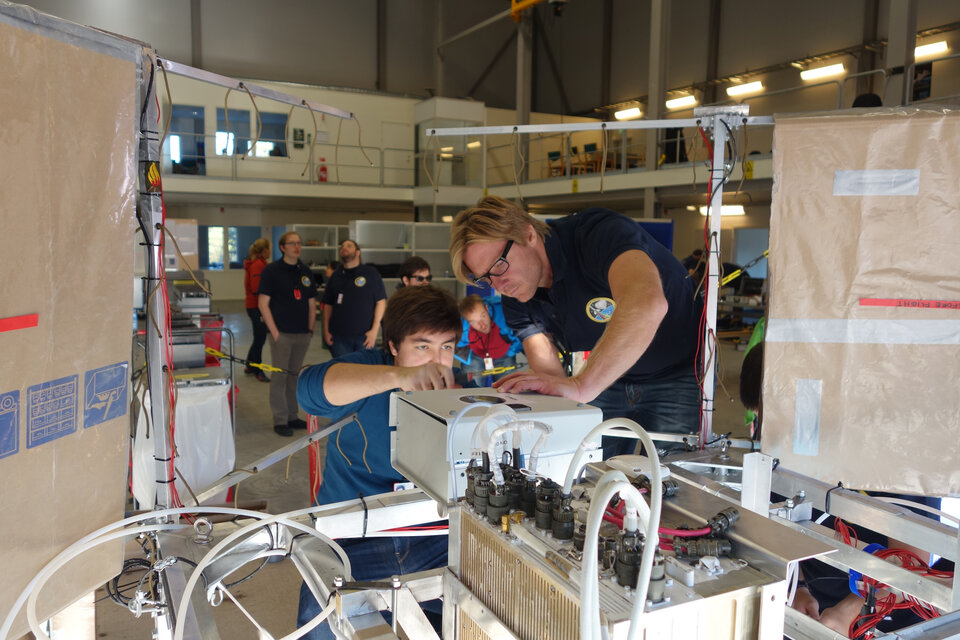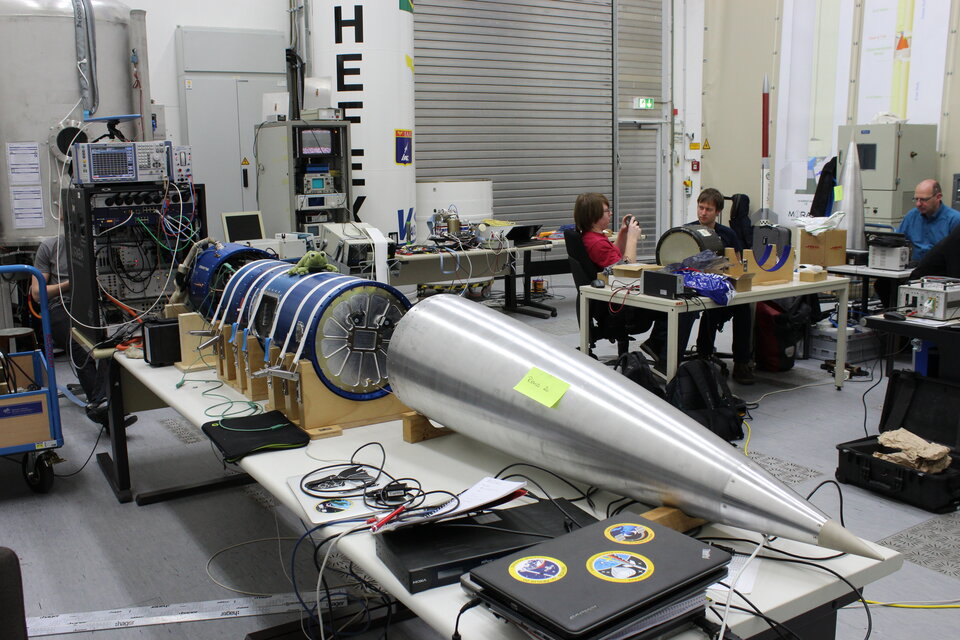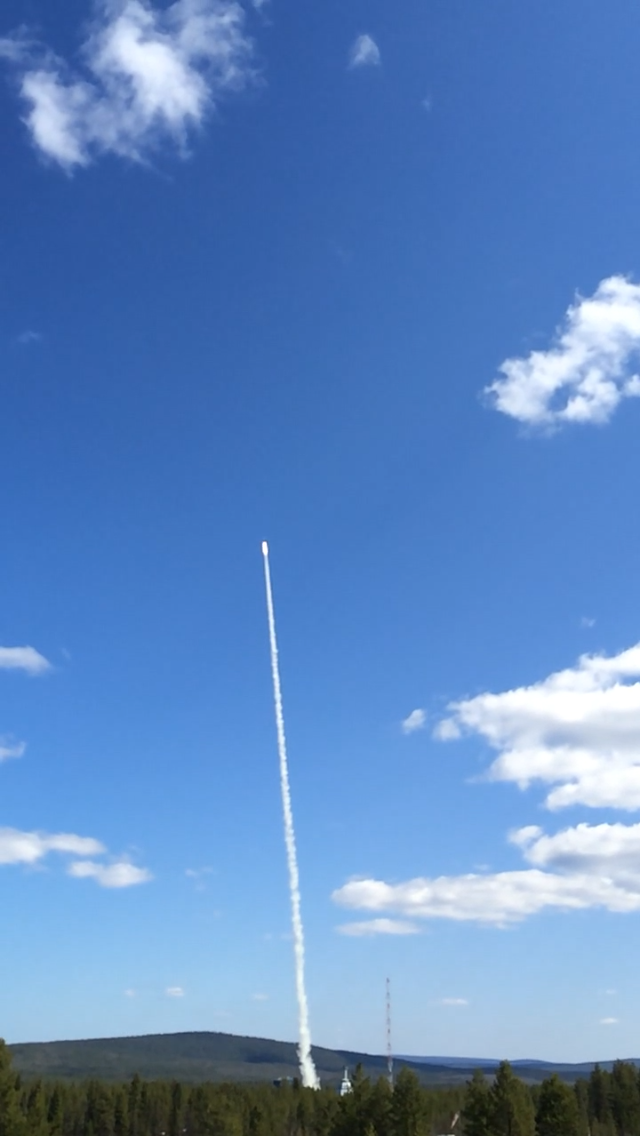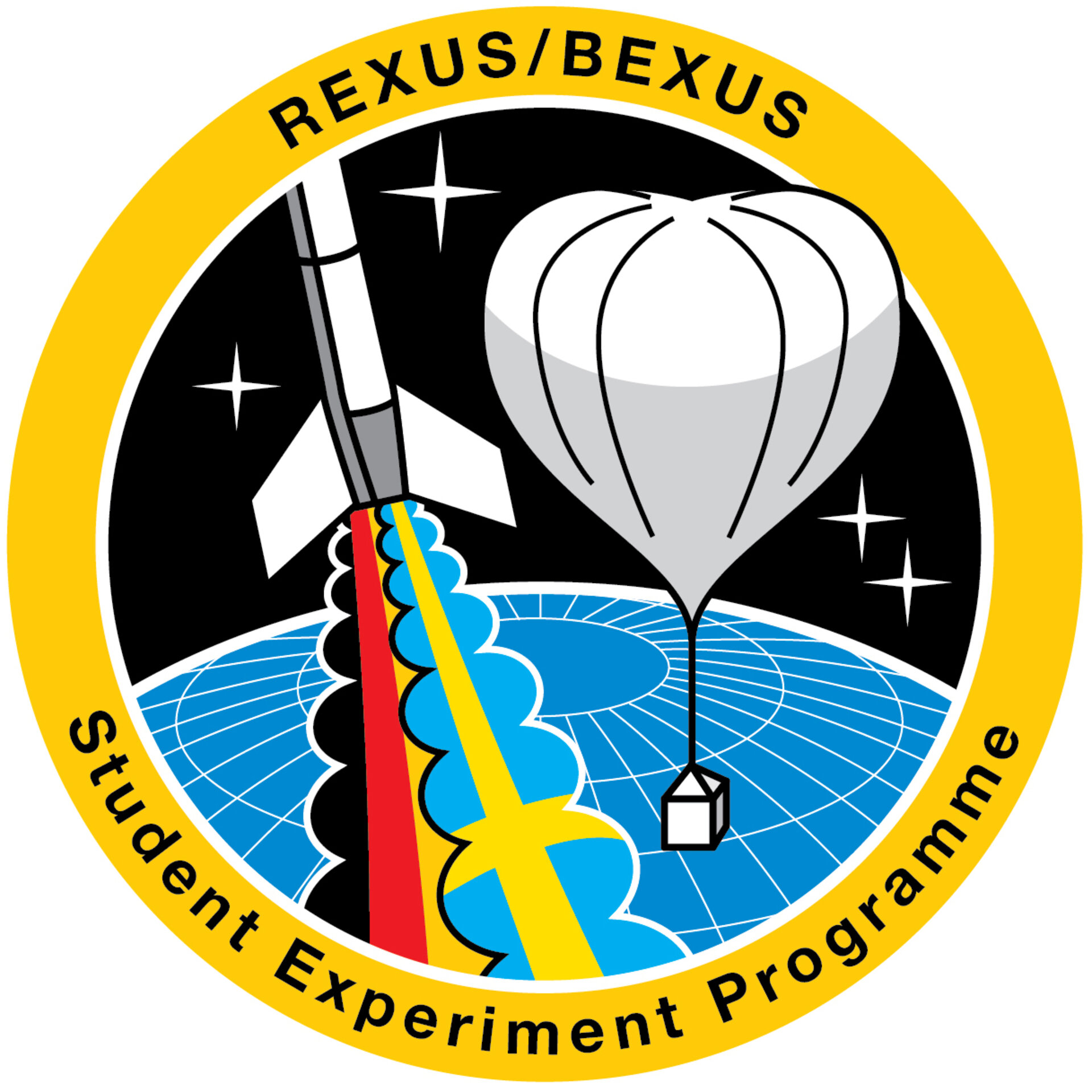Student dreams can fly to the edge of space
ESA’s Education Office is helping to offer university students the chance to collaborate on a unique ‘space’ project that culminates in working in Sweden’s spectacular arctic landscape.
Approximately 150 kilometers north of the Arctic circle, Kiruna is the land of the midnight Sun in summer time, and home to the spectacular aurora borealis in the winter. But that’s not the best part of the offer.
The lucky students will be given all the help and expert advice they need to launch their science or technology experiments to the very edge of space.
The experiments will be carried on either a stratospheric balloon in Autumn 2017 or a sounding rocket in Spring 2018. These will be launched from SSC’s Estrange Space Center, located near Kiruna, Sweden.
The programme is called the Rocket/Balloon Experiment for University Students (REXUS/BEXUS). It is a collaboration between ESA’s Education Office, the German Aerospace Center (DLR) and the Swedish National Space Board (SNSB). Proposals for the BEXUS 24/25 and REXUS 23/24 campaigns will open on 13 June and close of 17 October. German student teams should apply via the parallel call for proposals from DLR.

This year’s call for proposals marks the tenth cycle of the programme, which has now involved more than 600 students from 21 of ESA’s member or cooperating states. For many it has been a profound experience.
“The risks and potential rewards of the campaign are real, providing a rare insight into the demands of many space missions where repeatability simply isn’t an option. Working under that kind of pressure and towards the goal of a single launch is an experience that all of our team members shall carry with them into their professional careers.” said the UK’s StrathSat-R2 team, who flew their experiment on a sounding rocket in 2014.
Space industry and space services are now at the heart of Europe’s economy. If Europe is to maintain this world-leading position in space, it must make sure it nurtures the next generation of space professionals. Programmes like REXUS/BEXUS can help in this regard by allowing students to participate in a project that follows the course of a fully-fledged space mission, including progress reviews and tests that have to be completed before the mission is certified ‘flight ready’.

“This whole year, working in a multidisciplinary team, developing a real experiment under space standards, has meant the best learning experience we could have thought about,” said the Spanish GranaSAT team in a statement. They flew their experiment on a stratospheric balloon from Kiruna in 2014.
In an anonymous survey conducted in June 2013, more than 95% of the 163 of the respondants who had taken part in the various cycles of the programme responded that the project had increased their understanding of space projects’ lifecycles and processes, their design skills, practical skills, teamwork abilities, and other skills that contribute to their ability to work with others.
More positive even than that: 83.3% of respondents stated that the REXUS/BEXUS experience was relevant for their career, with 38.8% saying that it was a springboard for their career and 43.4% saying it will be at some point.

“Not only is the REXUS/BEXUS programme a great opportunity to fly an experiment on a stratospheric balloon, it is also a unique experience to learn and develop a project with the help of space expert engineers and professionals.” stated Spain’s SPADE team, who flew their experiment during the BEXUS 20/21 campaign in 2015.
Experiments can be scientific in nature or demonstrations of technology. For example, SPADE used a smartphone to collect stratospheric data cost efficiently, while GranaSAT tested a new way for spacecraft to calculate their attitude.
“We want anyone with an idea to come forward and submit a proposal. This opportunity is open to every student team from an ESA member state or cooperating state. The more entries, the richer the programme experience for everyone,” says Alexander Kinnaird, ESA’s project coordinator for the REXUS/BEXUS programme.
Following expert evaluation of the ideas, the teams who have submitted the best proposals will be invited to a workshop at ESA’s ESTEC centre in Noordwijk, The Netherlands. Taking place from 30 November to 2 December 2016, the students will be expected to justify the worth of their experiments in front of a panel of experts. Up to 15 teams will be given this opportunity. From these, up to 10 will be chosen to proceed with development, testing and – if all goes well – launch.
According to the Belgium CWIS team, who saw their experiment fly during 2014’s REXUS 14/15 campaign, the day of the launch makes all the hard work worth while: “The efforts, the problems, the time spent on the project... everything is forgotten one minute before the launch. Everyone will always remember it. It gave us the possibility to work on rockets as we dreamt as children and to do so with a wonderful lot of people from all across Europe.”
More information, including videos, former teams’ documents, designs, project ideas and how to apply can be found on the REXUS / BEXUS website and ESA Education website.
Notes for editors
“The REXUS/BEXUS programme is realised under a bilateral Agency Agreement between the German Aerospace Center (DLR) and the Swedish National Space Board (SNSB). Through the collaboration with the European Space Agency (ESA), the Swedish share has been made available to students from all ESA Member or Cooperating States.
EuroLaunch, the cooperation between the Esrange Space Center of SSC and the Mobile Rocket Base (MORABA) of DLR, is responsible for the campaign management and operations of the launch vehicles. Experts from DLR, SSC, ZARM, and ESA provide technical and logistic support to the student teams throughout the project.”
Survey statistics taken from N. Callens et al, “REXUS/BEXUS Rocket and Balloon Experiments for University Students”, 21th ESA Symposium on European Rocket and Balloon Programmes and Related Research, 9-13 June 2013, Thun, Switzerland (proceedings page 561-568).




